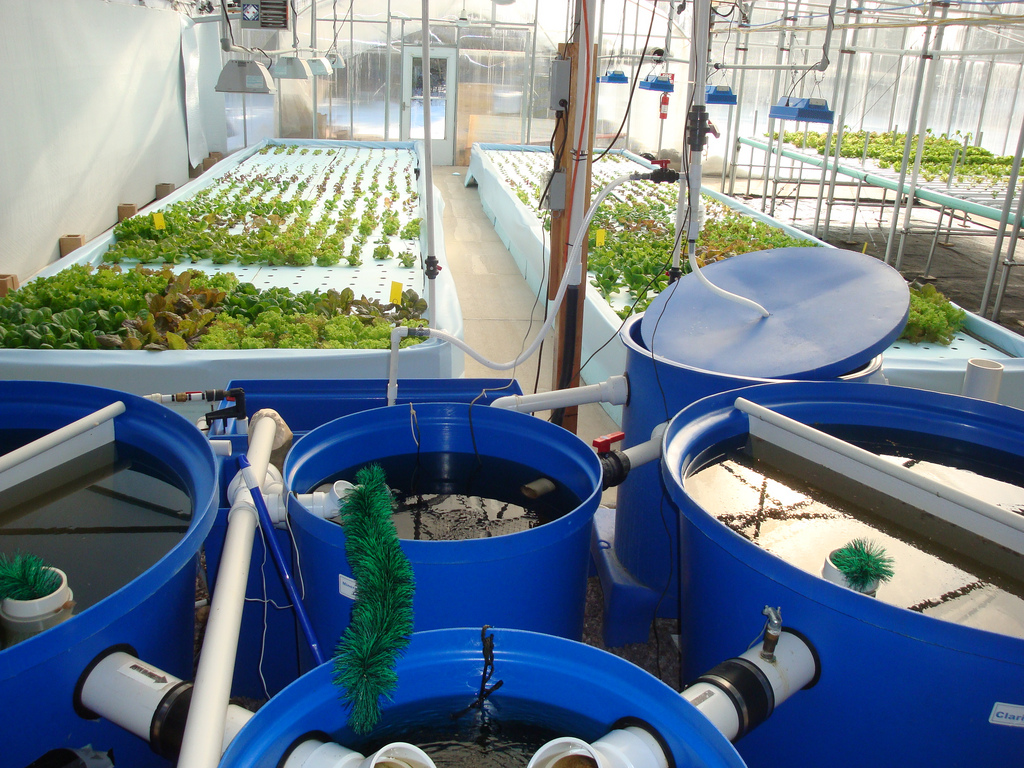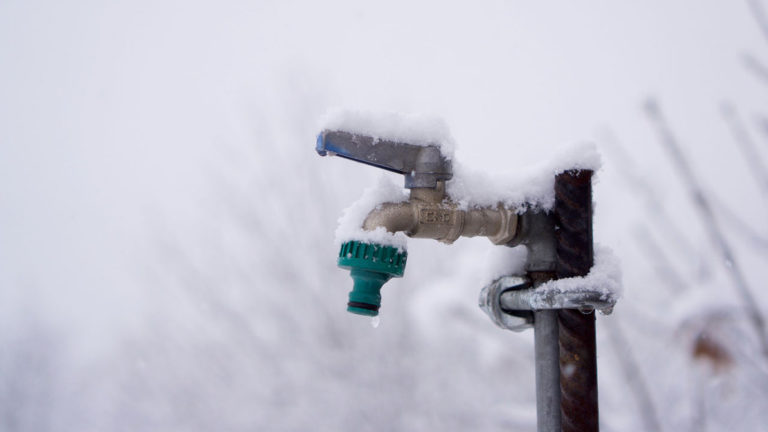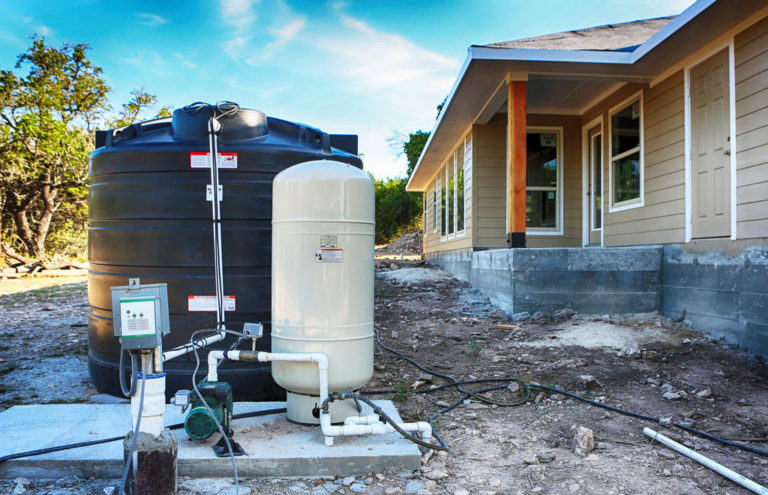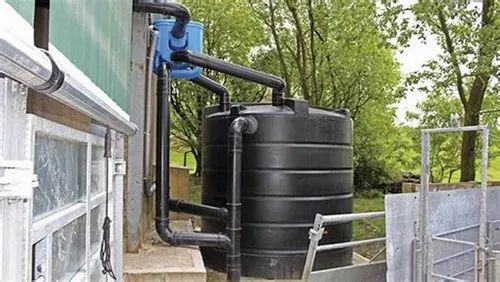Solar stills, aquaponics, and sustainable agriculture are three interconnected practices that have the potential to revolutionize the way we grow our food while protecting our environment.
By combining these techniques, farmers can create closed-loop systems that minimize waste and maximize resources, leading to a more resilient and regenerative approach to food production.
We’ll delve into how solar stills, aquaponics, and sustainable agriculture are connected and why they’re important for building a better future for our planet and its inhabitants.
So, let’s get started!
Water conservation
Solar stills can be used to conserve water in aquaponic systems, as they can be used to distill water for use in the system without losing any of the precious water resources.
By harnessing the power of the sun, these systems can distill water for use in the system without losing any of the precious water resources.
This is particularly important in areas with limited water availability or high evaporation rates.
By implementing solar stills, aquaponic farmers can significantly reduce their water consumption, helping to conserve this vital resource.
In addition, solar stills can also be used to remove salts and other impurities from the water, further improving the quality of the water used in the system.
Overall, the use of solar stills for water conservation in aquaponic systems is a practical and environmentally-friendly solution that can help ensure the long-term sustainability of these systems.
Increased crop yields
By using solar stills to provide a reliable source of water, aquaponic farmers can increase crop yields and produce a higher volume of crops.
Aquaponics farming utilizes solar stills to generate a constant and reliable water source, resulting in significantly increased crop yields and a greater volume of produce.
By implementing solar stills in their systems, aquaponics farmers can cultivate crops more efficiently, producing higher yields and a greater variety of crops than traditional farming methods.
This is because the stable and consistent water supply provided by the solar stills allows for more controlled and precise irrigation, leading to healthier and more productive crops.
The use of solar stills reduces the need for chemical fertilizers and pesticides, resulting in a more sustainable and environmentally-friendly farming practice.
As a result, aquaponics farmers can experience increased profitability and sustainability while providing their customers with a greater selection of fresh, healthy crops.
Improved nutrient cycling
Aquaponic systems can be designed to recycle nutrients and water, and solar stills can play a key role in this process by providing a source of water that is free from pathogens and contaminants.
Aquaponic systems offer improved nutrient cycling, as they can be designed to recycle nutrients and water, effectively closing nutrient loops and minimizing waste.
This is achieved through a symbiotic relationship between the plants and the fish, where the waste produced by the fish is used as fertilizer for the plants, and the plants, in turn, purify the water for the fish.
Solar stills play a important role in this process by providing a source of water that is free from pathogens and contaminants.
By integrating solar stills into the system, aquaponic farmers can produce clean water for the fish and plants, while also reducing the need for external water sources.
This leads to a more sustainable and closed-loop system, where the only input is sunlight and the only output is nutrient-rich produce and clean water.
Year-round production
With the use of solar stills, aquaponic farmers can produce crops year-round, even in regions with limited water resources.
By integrating solar stills into their aquaponic systems, farmers can effectively overcome the limitations of water availability and produce crops year-round, regardless of the climate or season.
The solar stills use the sun’s energy to evaporate water from the fish tanks and condense it back into liquid form, providing a reliable source of water for irrigation.
This means that farmers can cultivate a diverse range of crops, including leafy greens, herbs, and vegetables, throughout the year, even in regions with scarce water resources.
The year-round production enabled by solar stills ensures a consistent supply of fresh, locally grown produce to consumers, promoting food security and sustainability.
Overall, the incorporation of solar stills into aquaponic farming practices offers a robust and adaptable solution for producing high-quality crops in water-constrained areas.
Reduced energy use
Solar stills can be powered by solar energy, reducing the need for fossil fuels and decreasing the carbon footprint of the aquaponic system.
Solar stills offer a viable solution for powering aquaponic systems without relying on fossil fuels.
By harnessing the renewable energy of the sun, solar stills can significantly reduce the carbon footprint of the system.
This is particularly advantageous as the use of fossil fuels contributes to greenhouse gas emissions and climate change.
Moreover, the reduction in energy consumption not only benefits the environment but also the bottom line, as it lowers operating costs and increases the sustainability of the system.
By implementing solar stills in aquaponic systems, farmers and entrepreneurs can not only minimize their environmental impact but also enhance the long-term viability and profitability of their businesses.
Improved water quality
Solar stills can be used to distill water, improving the quality of the water in the aquaponic system and reducing the risk of waterborne pathogens and diseases.
By employing solar stills in their aquaponic systems, farmers can significantly enhance the quality of the water, thereby reducing the risk of waterborne pathogens and diseases.
Solar stills use the heat of the sun to vaporize water, which is then collected and condensed, leaving behind impurities and contaminants.
This process can effectively remove harmful substances such as bacteria, viruses, and other microorganisms that can cause illness in fish and plants.
As a result, the water becomes cleaner and healthier for the entire aquaponic ecosystem.
The improved water quality can lead to healthier and more productive crops, as well as reduced fish mortality rates.
By incorporating solar stills into their systems, farmers can ensure a safer and more sustainable aquaponic experience.
Reduced waste
Solar stills can be used to treat wastewater from the aquaponic system, reducing the amount of waste and minimizing the environmental impact of the system.
Using solar stills to treat wastewater from aquaponic systems can significantly reduce the amount of waste and minimize the environmental impact of these systems.
By harnessing the power of the sun to evaporate and distill water, solar stills can effectively remove contaminants and impurities from the wastewater, resulting in a clean and purified effluent.
This treated effluent can then be used for various purposes such as irrigation, toilet flushing, or even drinking water, reducing the need for freshwater and the amount of waste generated by the system.
The use of solar stills in aquaponic systems can help to reduce the risk of waterborne diseases and promote sustainable water management practices.
Overall, integrating solar stills into aquaponic systems offers a cost-effective and environmentally friendly solution for waste management and water treatment.
Increased food security
By using solar stills to produce crops in regions with limited water resources, aquaponic farmers can increase food security and provide a reliable source of fresh, nutritious produce.
Aquaponic farmers can significantly increase food security in regions with limited water resources by leveraging solar stills to produce crops.
This innovative technique enables farmers to grow crops in areas where traditional farming methods are not feasible due to water scarcity.
By using solar stills, farmers can harness the power of the sun to evaporate water, which is then collected and used for irrigation.
This method allows for year-round crop production, providing a reliable source of fresh, nutritious produce to local communities.
Moreover, aquaponic farming methods can also be used to grow a wide variety of crops, including fruits, vegetables, and herbs, thereby increasing the diversity of available produce and contributing to a more balanced diet.
With the help of solar stills, aquaponic farmers can successfully overcome the challenges posed by water scarcity and improve food security for their communities.
Want More? Dive Deeper Here!
Hey there! If you’re the type who loves going down the rabbit hole of information (like we do), you’re in the right spot. We’ve pulled together some cool reads and resources that dive a bit deeper into the stuff we chat about on our site. Whether you’re just killing time or super into the topic, these picks might just be what you’re looking for. Happy reading!






